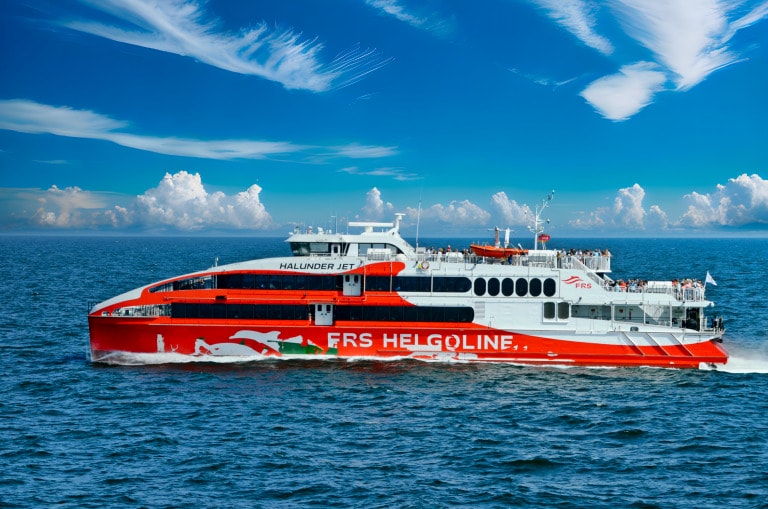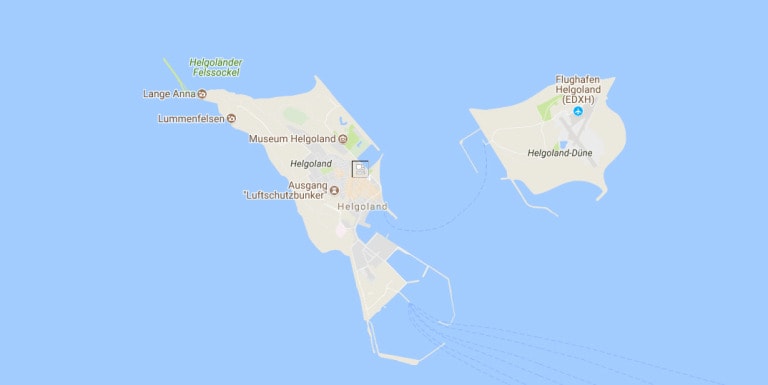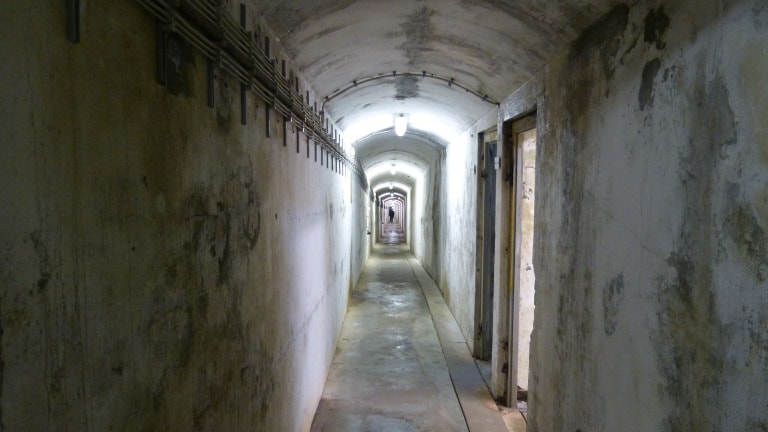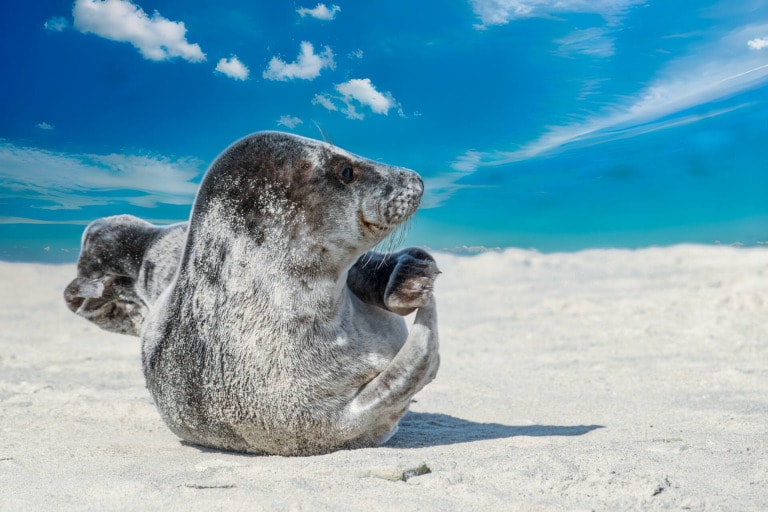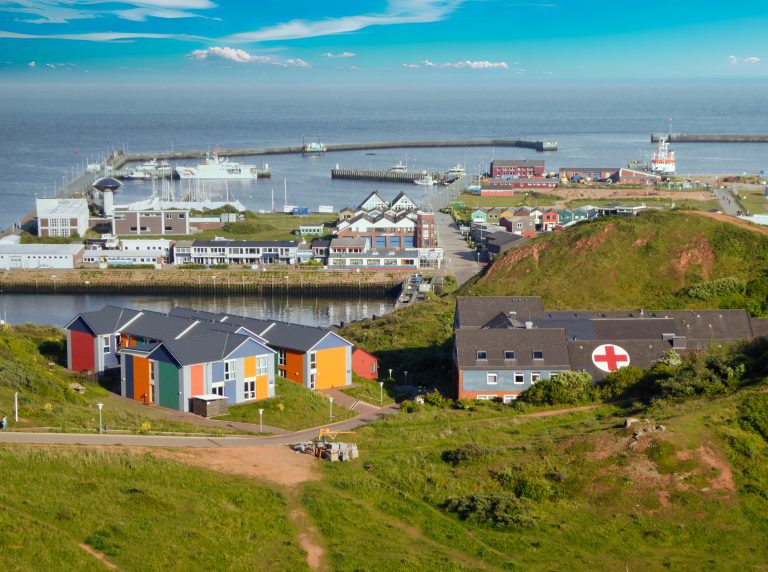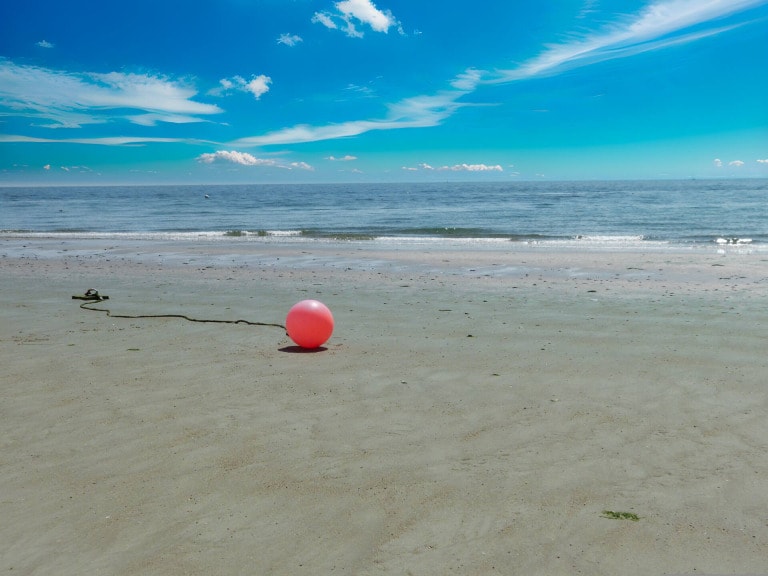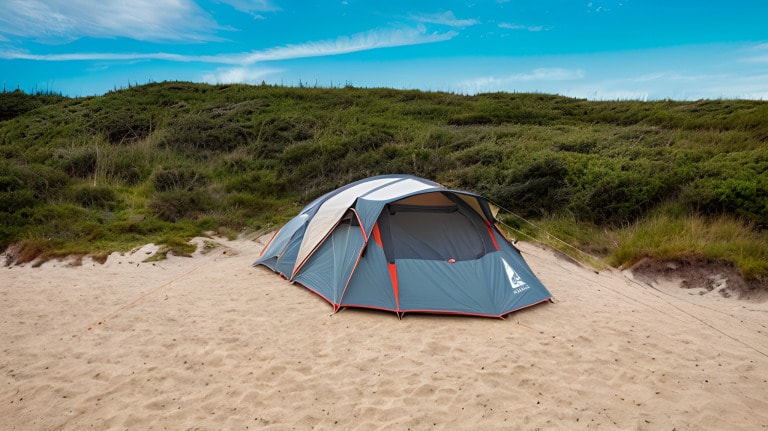As the research institution stated at the Heligoland island was created, what tasks the institute is dedicated to and where the station can be found is explained in detail here.
How songbird research began on the high seas island
Already in the 19th century Heinrich Gätke wrote a book about bird watching on Heligoland. In the sense of bird migration research, the station was founded in 1910, at that time as an institution of the Prussian Biological Institute on the North Sea island. Today it belongs to the Lower Saxony Ministry of Science and Culture. Initially, Dr. Weigold and Prof. Dr. Drost worked here near the North German coast in the service of songbirds. During the Second World War, the ornithological station was relocated and the work was continued in an alternative station in Göttingen.

How the various sites developed
Since 1946, the Institute for Bird Research has belonged to the Federal State of Lower Saxony. The move to Wilhelmshaven took place in the fall of 1947, where the headquarters are still located in Fort Rüstersiel. From 1953 onwards, the activity in the Helgoland ornithological station continued. An outstation in Braunschweig was added. After Dr. Goethe and Prof. Dr. Nicolai, Prof. Dr. Bairlein has been the scientific director of the institution since 1990.
Where the locations of the Institute for Bird Research are located
For the scientists, the headquarters in Wilhelmshaven with administration, laboratories, library and ringing center is the primary workplace. Heinrich Gätke's bird collection can be seen in part at the visitor center UNESCO World Heritage Site Wadden Sea can be visited. The island station with a fishing garden is located on the East Frisian island in the Oberland, the so-called Sapskuhle.
How visitors can experience the Helgoland Bird Observatory
From mid-March to the end of October, guided tours of the control room's fishing garden are held every Tuesday and Friday. The event starts punctually at 4:30 pm. Interested persons meet at the entrance to the island station. Separate dates are available for groups of more than eight people. No tours are offered on weekends. In October, the Helgoland Bird Days attract nature lovers from near and far.
What are the tasks of the researchers
In addition to bird migration, basic research on and the life history of birds are among the leading topics of the scientists. A special concern are ecological long-term studies and short-term projects, which the ornithological station on Helgoland undertakes. The research results are indispensable in the understanding of natural dynamic processes. In addition, environmental and population research is carried out in worldwide exchange with other scientists. Thus, the IfV is also active in teaching and offers ringing courses, as well as colloquia.
How a ringing center works
Ringing centers are based on voluntary work. The catchment area of the IfV includes the northwestern German states as well as the Frisian Islands. Ringing of migratory birds is essential for research. About 100,000 birds are ringed annually by the Vogelwarte Helgoland. The total number is estimated at 9 million ringed birds so far. About 200,000 finds enrich the database. Each re-finding of a ring provides scientists with information about the wintering grounds and resting places of a population. Whoever wants to support the valuable work of the IfV in the Vacation at the North Sea would like to know, will learn a lot of interesting facts about migratory birds. Registration is not required.
Contact
Institute for Bird Research
At the ornithological station 21
D-26386 Wilhemshaven
www.ifv-vogelwarte.de


